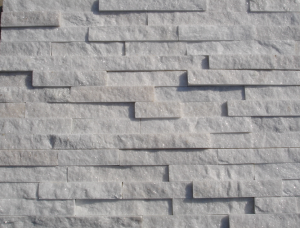
Brick and pōhaku masonry are excellent choices whether they are used for building houses or decorative projects. Builders have been using these construction materials for their strength, resilience, and accessibility.

Bricks are made from clay and shale. They come in standard block sizes that allow for either design flexibility or a uniform look. They are sturdy, relatively economical, and highly fire-resistant.
Stone is cut from quarries and also resists fire. It can be cut into different shapes and arranged artistically. Stone is also long-lasting, able to stand up to hail.
While both materials are durable, the stone is stronger than brick. But brick is less expensive than stone. Both can withstand the elements, including strong winds, hot sun, and sub-freezing temperatures.
For building exteriors, both stone and brick masonry may need repairs over time. The mortar that has worn away needs to be replaced to maintain the wall’s integrity and keep moisture out.
In the end, the choice between brick or stone is a matter of personal taste. Both are timeless building materials that perform well in many environments.